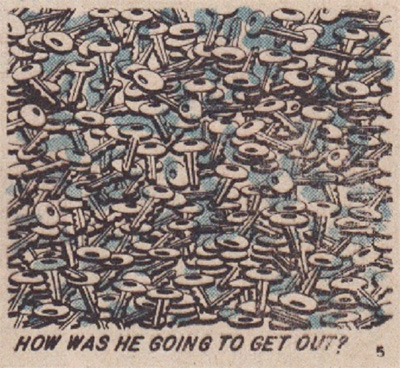Dave: What’s the problem? HAL: I think you know what the problem is just as well as I do.
An artificial intelligence firm downloaded for free millions of copyrighted books in digital form from pirate sites on the internet. The firm also purchased copyrighted books (some overlapping with those acquired from the pirate sites), tore off the bindings, scanned every page, and stored them in digitized, searchable files. All the foregoing was done to amass a central library of “all the books in the world” to retain “forever.”
From this central library, the AI firm selected various sets and subsets of digitized books to train various large language models under development to power its AI services. Some of these books were written by plaintiff authors, who now sue for copyright infringement.
[…]
Defendant Anthropic PBC is an AI software firm founded by former OpenAI employees in January 2021. Its core offering is an AI software service called Claude. When a user prompts Claude with text, Claude quickly responds with text — mimicking human reading and writing. Claude can do so because Anthropic trained Claude — or rather trained large language models or LLMs underlying various versions of Claude — using books and other texts selected from a central library Anthropic had assembled. Claude was first released publicly in March 2023. Seven successive versions of Claude have been released since. Users may ask Claude some questions for free. Demanding users and corporate clients pay to use Claude, generating over one billion dollars in annual revenue.
[…]
This order grants summary judgment for Anthropic that the training use was a fair use. And, it grants that the print-to-digital format change was a fair use for a different reason. But it denies summary judgment for Anthropic that the pirated library copies must be treated as training copies.
We will have a trial on the pirated copies used to create Anthropic’s central library and the resulting damages, actual or statutory (including for willfulness). That Anthropic later bought a copy of a book it earlier stole off the internet will not absolve it of liability for the theft but it may affect the extent of statutory damages. Nothing is foreclosed as to any other copies flowing from library copies for uses other than for training LLMs.
{ Judge rules Anthropic training on books it purchased was “fair use,” but not for the ones it stole | United States District Court, Northern District of California | Full Order | PDF }


















